When it comes to creating a stunning outdoor landscape, it demands a thoughtful and expert approach. Whether you’re completely redesigning your landscape from scratch or just making out a few simple changes, there are certain factors that you need to consider.
It’s mostly seen that people head straight to their local gardening store to browse selections. That’s not the right approach! Rather, you need an expert’s opinion to help you select everything that will fit best into your landscape. Worry Not! You can hire landscape designers near me who can guide you in setting the approach for a thriving landscape.
In this post, we will share and discuss some tips from landscape designers to help you develop a plan for a cohesive, beautiful landscape.
Expert Tips From Landscape Designers in Your Area For A Thriving Landscape
1. Understand Your Landscape Needs
Before diving into the design process, take time and thoroughly understand your outdoor space. Consider essential factors like sunlight exposure, soil type, and existing features. Understanding your needs will definitely lay a strong foundation for designing a dream landscape.
2. Add or Create Some Focal Points
Why not introduce some focal point to draw attention? It will also help in creating some visual interest. The focal points could be a unique sculpture, a striking tree, or a well-designed seating area. The main thing to remember is that focal points can vary in form and scaling.
Once you have selected your focal points, place them strategically within the landscape region. For better results, position the focal points where it can be easily noticed.
3. Add Balance and Symmetry
Now, balance and symmetry are two fundamental principles in landscape design. They contribute to your outdoor landscape’s overall aesthetic appeal and visual harmony. Another thing is that these two principles help create a sense of order, tranquility, and coherence in your outdoor environment.
With the help of landscape designers near me, you can arrange plants and other hardscape features to distribute weight evenly. Don’t forget to consider the color, size, and overall texture of plants when placing them within the landscape area.
A well-placed sculpture, a prominent tree, or a water feature can be the best focal point. It will also contribute to visual harmony.
4. Define Your Purpose of Landscape Design
Defining your purpose before you plan to make changes in your landscape is crucial. Understanding the primary function and theme of your outdoor landscape will help you create a harmonious environment.
Furthermore, considering your lifestyle and preferences is equally important while making additions. If you’re unsure where to begin, try contacting the landscape designers near you, who can help you plan features like adding water fountains or an outdoor kitchen for hosting gatherings.
Explore our gallery here.
5. Look For Seasonal Considerations
Make sure you plan your landscape to thrive throughout the seasons. For better results, you can select a variety of plants that bloom at different periods of seasons. Doing so will ensure a year-round visual appeal for your landscape.
Different seasons bring different textures, colors, and conditions to the environment. So, using this thoughtful approach, you can easily harness the beauty of landscape design.
Consider choosing a variety of plants that have different characteristics in each season. The best is to opt for evergreen plants that provide interest and structure during winter. Include trees and shrubs that are known for their stunning fall foliage.
Also Read: Advantages of Having a Personal Backyard Putting Green
6. Use Layered Planting
Usually, this technique involves arranging plants of varying forms, heights, and even textures that create depth and visual interest. With layering plants, you avoid a one-dimensional or flat look in your landscape. It helps in adding depth that makes the space look more visually engaging. It can also create a dynamic environment by combining plants of different colors, forms, and textures.
Another benefit of layered planting is that it encourages biodiversity of different types of plants with different heights and structures. Additionally, it creates a more balanced ecosystem.
Wrapping It Up
Remember, the key to successful landscape design lies in a thoughtful, all-inclusive, holistic approach with both functional and aesthetic aspects for your outdoor space. If you’re uncertain about some design aspects, you can get assistance by consulting with our landscape designers.
The Outdoor Makeover and Living Spaces team has award-winning designers who uphold the highest quality work standards and superior customer service. Schedule an appointment with landscape designers near you today and give your outdoor space the unique look it deserves! Start your dream project with us today!
Looking to Create your dream outdoor space?
Get it done with our exceptional landscaping services!
Frequently Asked Questions: FAQs About Creating a Thriving Outdoor Landscape
1: Which types of soil are best for different plants in my landscape?
Well, the choice of soil depends on the specific needs of the plants you’re planning to install in your landscape. Generally, there are different types of soils that you can introduce to your landscape:
- Clay Soil: This soil is well suited for plants that thrive in moist environments.
- Sandy Soil: It’s ideal for plants that usually prefer well-drained conditions, like cacti and succulents.
- Chalky Soil: Well-suited for plants that can tolerate alkaline conditions, like yarrow and lavender.
- Loamy Soil: The soil offers a balanced mix of silt, sand, and clay, which makes it suitable for a wide range of plants. Examples include shrubs, vegetables, and flowers.
- Peaty Soil: Best suited for acid-loving plants like azaleas, blueberries, and rhododendrons.Therefore, before you begin planting, it’s essential to know your soil composition. Moreover, create an optimal environment for some specific plants that you want to grow in your landscape.
2: How can I enhance the soil fertility in my garden or yard?
To enhance the soil fertility in your garden yard, you need to consider the following practices. You need to include a well-rotten manure and compost or other organic materials into the soil.
It will help improve the soil’s structure, nutrient content, and water retention properties.
Secondly, make sure to plant cover crops like legumes. It will add nitrogen to the soil and also prevent erosion during the off-season. Next, you should rotate crops annually to avoid any depletion of specific nutrients in the soil.
Furthermore, it reduces the risk of pest and disease buildup in your yard.
For fertilization purposes, use balanced organic and synthetic fertilizers. It will offer essential nutrients like phosphorus, nitrogen, and potassium.
3: What are some eco-friendly practices for sustainable landscaping?
Implementing eco-friendly practices in landscaping promotes good sustainability. Below are some practices you can use for a thriving landscape:
- Choose native plants that can adapt well to the local climate. They require less water and minimal maintenance.
- Install drip irrigation systems and practice efficient watering methods that will reduce water consumption.
- You can add or apply organic mulch to retain the soil moisture, regulate soil temperature, and suppress weeds. It will reduce the need for watering, too.
- Our best recommendation is to create a composting system for organic waste. This will provide nutrient-rich material for soil enrichment and also reduce the need for synthetic fertilizers.
4: How do I deal with soil erosion in my landscape?
Addressing soil erosion is important for maintaining a healthy and thriving landscape. Below are some effective strategies you can use to deal with soil erosion:
- Create terraced landscapes on the sloped areas to slow down water runoff. Additionally, it helps better absorption into the soil.
- You can introduce grass or low-growing vegetation. It will help stabilize the soil and also reduce water runoff.
- Lastly, use erosion control blankets or mats that are made up of natural materials, such as coconut fiber or jute. These blankets will encourage plant growth. You can achieve effective soil erosion control by combining these strategies, as well as a stable and healthy landscape. For more information, you can consult with landscape designers near me for personalized advice that’s based on your specific terrain and conditions.

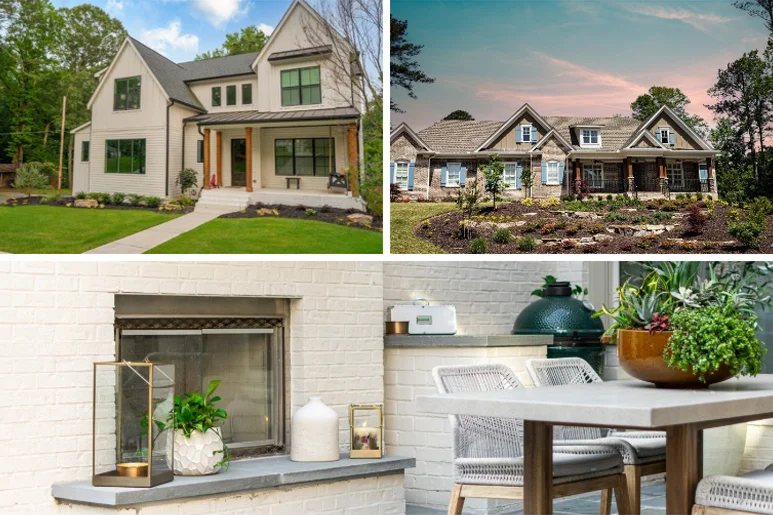

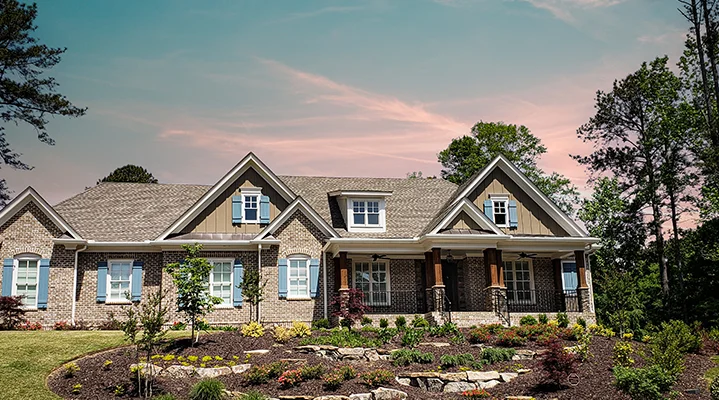
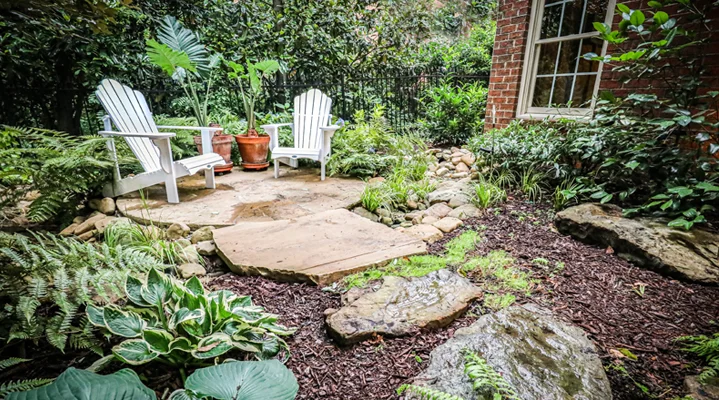
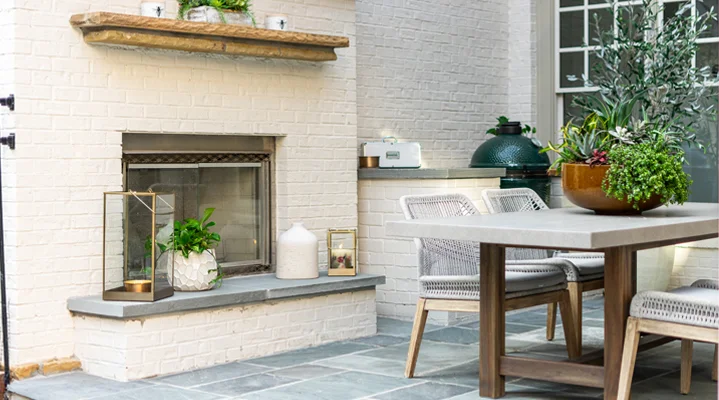
 Screened-in Porch Benefits for Outdoor Living Experience
Screened-in Porch Benefits for Outdoor Living Experience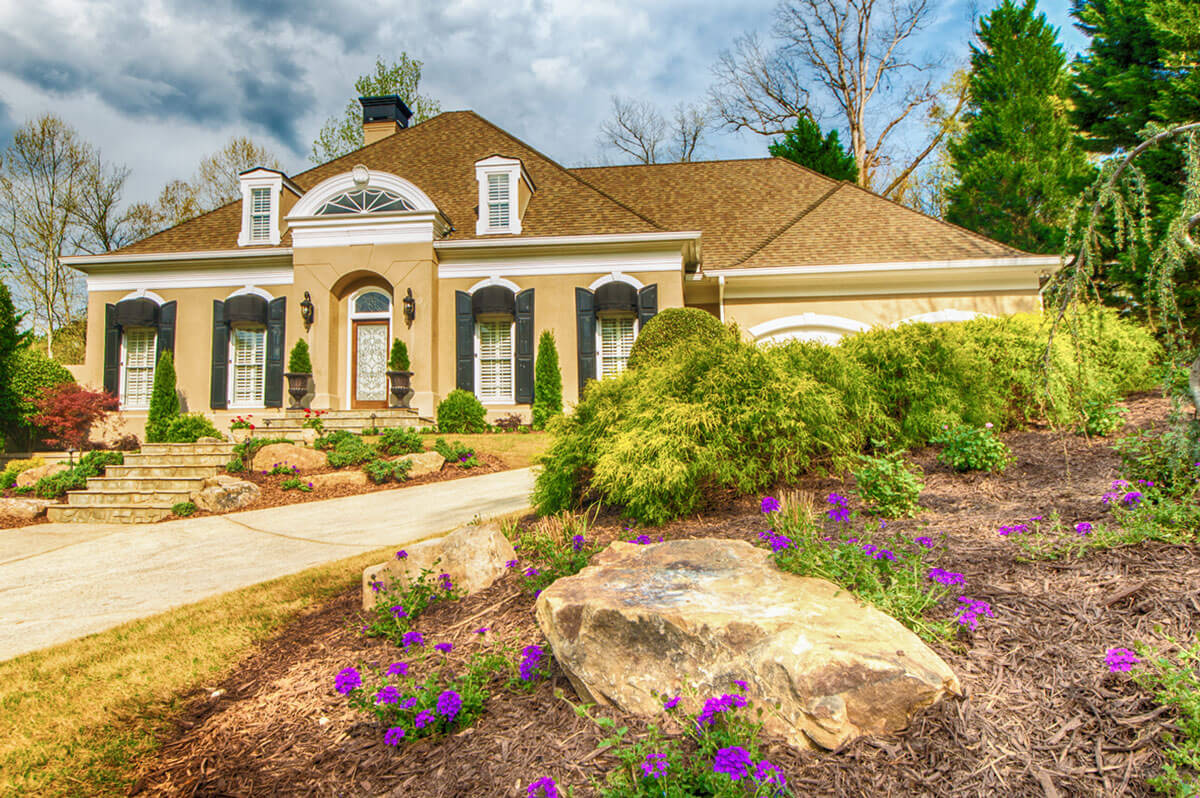 Landscape Preparation For Spring
Landscape Preparation For Spring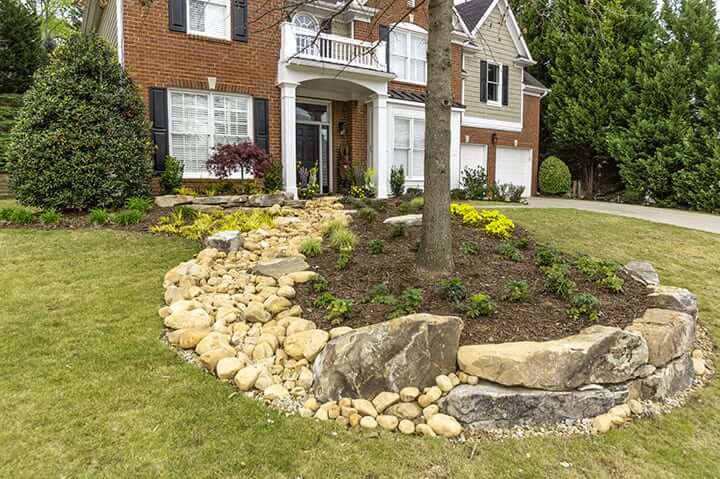 Preparing for Winter: 10 Tips for Winterizing Your Landscape
Preparing for Winter: 10 Tips for Winterizing Your Landscape
LET'S BE SOCIAL: